Prevent poor drainage, compacted soil, and intrusive weeds from reducing or destroying your raised garden’s production. Discover how building raised garden beds can increase your harvest and protect your garden.
gardeninginfo-online.com gathered information about how you can build a raised garden bed and the many benefits they give to your garden.
Building a Raised Garden Bed
Building a raised garden bed can be an extremely gratifying project and can be accomplished in a number of ways. Here, we’ll address building an above-ground raised garden bed. Before you get started, consider the following:
Tools You Will Need – You will be building an open box to be filled with soil and plants. The following tools will come in handy:
- Pencil or Marker
- Tape Measure
- Sandpaper (rough grit
- Saw (circular or handsaw)
- Drill
- Bits (should match the size of your screws/fasteners)
- Wood Glue
- Mallet or Hammer
- 2 Sawhorses or a Work Table
- Paintbrush/Roller
- Paint or Stain (for the boxes exterior)
- Impermeable box lining (for protecting untreated wood or wood treated with preservatives)
- Shovel
- Garden Trowel
- Hose/Water Source
Tip: Use screws to build your boxes. Due to the soil, plants, and water weight they must carry, you will find that screws will firmly keep your boxes together. Boxes constructed with nails will likely loosen and potentially collapse over time.
Note: Wood used for this project should be pressure-treated and aged (if available), eliminating the need for chemically treated wood, stains, or paint.
Material You Will Need – Here’s a shortlist of the materials needed to build, fill, and properly protect your raised garden bed:
- Wood (See Note Below)
- Garden Stakes
- Landscape Fabric
- Garden Soil
- Tomato Cages/Plant Supports
- Vegetable/Herb/Plant Seeds or Seedlings
Note: Cedar is the best wood to use for garden beds because cedar is naturally rot-resistant. Western red cedar is commonly used, but white cedar, yellow cedar, redwood, and juniper are also high-quality choices for outdoor construction projects like raised garden beds.
New pressure-treated woods are considered safe. While many suppliers discourage using pressure-treated wood where the preservatives may leach into the soil, becoming a component of the food grown in the garden. A common recommendation is to use a waterproof liner between the treated wood and the soil.
Raised Garden Bed Construction
The more planning/preparation you put into your garden bed(s), the more efficient you can build them. Before doing any cutting or drilling, consider the following:
- Make a detailed sketch or graphic design of garden bed dimensions, location, and plant content
- Use your sketch to produce a shopping list for the wood, fasteners, braces, etc. that will be used to construct your garden bed(s)
Once you have all the materials and tools you’ll require, follow these instructions:
- Measure your wood and mark where you need to cut
- Measure one more time to verify your measurements and how many cuts will be required
- Separate the wood either by lengths or by pieces
- Number or label each piece so you know which direction and position it should be placed in
- Assemble one corner of one box, move to the next corner of the same box until the box is fully assembled
- Drill holes before inserting screws to avoid splitting your planks
- Use wood glue wherever adjoining surfaces meet (wipe excess glue away after tightening)
- Dig away 1-inch of soil (where the bed will be at ground level), so it will be sunken about an inch beneath ground level
- When suspending or elevating a garden, drive the legs 10 to 12-inches into the ground for superior stability
- Fasten your garden bed liner to its interior
- Stain or paint the bed’s exterior
Watch this video to see how a raised garden bed is assembled.
Once your garden bed is built, and the paint has dried, add your soil and plant your bed.
Note: If you find such DIY projects too challenging, check with your local garden center for prefabricated garden beds that only require assembly, placement, and filling
Raised Garden Bed Location
To attain the best plant health and productivity, most vegetable plant species should receive a minimum of eight hours of full sun each day. The more sun your plants receive, the better, so it makes sense to build your raised garden beds in the sunniest part of your yard.
Avoid shaded, low, wet locations where the soil could stay soggy. Because your garden will need to be watered during the growing season, you’ll want your garden(s) close to a relatively easy access water source and garden hose.
Tip: Wherever you decide to put your raised garden beds, there should be enough space to effortlessly move between them during planting, weeding, harvesting, and general maintenance activities.
Note: If your raised beds are placed on the ground (with or without a built-in bottom), observe the following:
- Remove any grass or perennial weeds from the location
- Loosen native soil to a depth of 6-10 inches (improves drainage)
- Level the soil that will support the bottom of the box or intermingle with the garden bed’s soil.
And if your raised garden beds will stand on legs or stilts above ground level, keep the area beneath the garden beds trimmed and clear from debris.
Raised Garden Bed Soil
Soil is of the most essential ingredients for a resilient and healthy garden. Raised beds offer you an immediate advantage over a regular garden because when you fill your raised bed, you can fill it with a soil blend superior to the native soil in your yard. Soil that’s loose and rich with nutrients, organic matter, and biodiversity will allow your plant’s roots to grow freely and ensure that they have access to the water and nutrients they need to sustain healthy growth.
For further reading on making or developing the best organic garden soil, visit gardeninginfo-online.com/how-to-make-organic-soil/
What Do You Put in The Bottom of a Raised Garden Bed
The bottom of a raised garden bed should be a layer of grass clippings, leaves, wood chips, straw, or other organic material. Any cardboard should be placed on top of that layer (between the bottom of the bed and the soil. The organic material will turn into compost, while the cardboard will prevent weeds from joining your plants.
Other materials you can safely put at the bottom of your raised garden bed include:
- Newspaper
- Burlap
- Leaves
- Nothing
Tip: Avoid putting layers of inorganic material, rocks, or gravel at the bottom of your garden bed. This can result in the formation of a water table beneath the soil, leading to root rot and other disease developments.
Raised Garden Beds
In this article, you discovered information and tips on how to build a DIY raised garden bed and the benefits they offer your garden.
Using raised garden beds will help you produce healthier, more abundant vegetable crops in your home garden.
Using native soil to plant and cultivate a vegetable garden leaves you susceptible to dealing with nutrient-poor or compacted soil, leaving your garden with poorly developed plants and a severely reduced harvest.
Sources:
gardeningsolutions.ifas.ufl.edu/design/types-of-gardens/building-raised-beds.html
agrilifeextension.tamu.edu/solutions/raised-garden-beds/
sfyl.ifas.ufl.edu/media/sfylifasufledu/miami-dade/documents/landscapes-amp-gardening/Building-a-Raised-Bed-Vegetable-Garden-The-Easy-way.pdf
canr.msu.edu/news/starting-a-raised-bed-garden
The post How to Build a Raised Garden Bed appeared first on http://gardeninginfo-online.com.
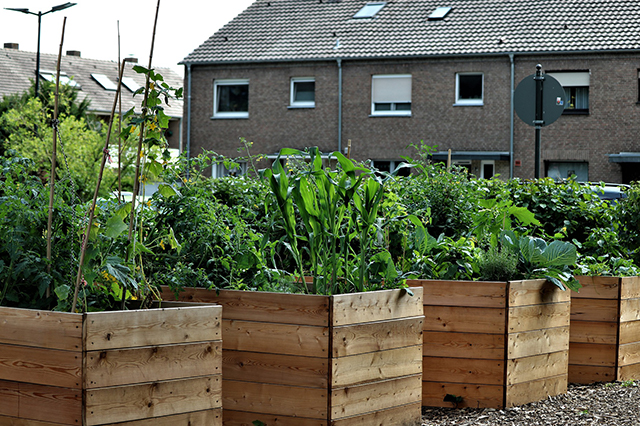
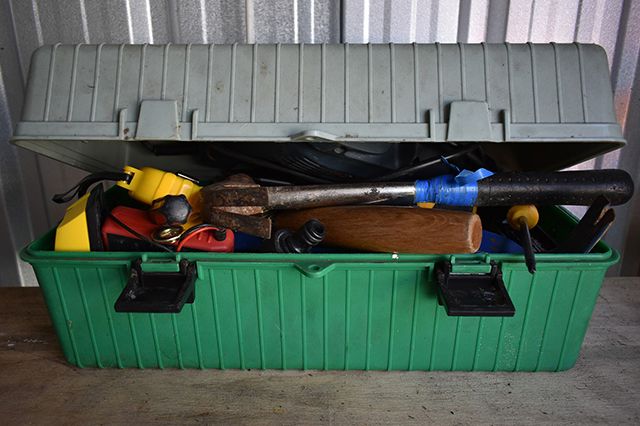

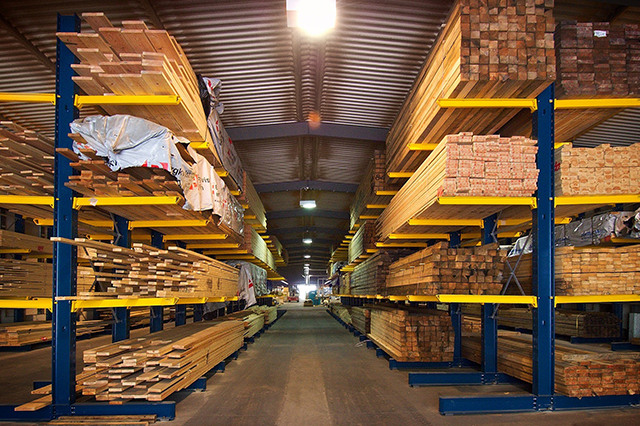
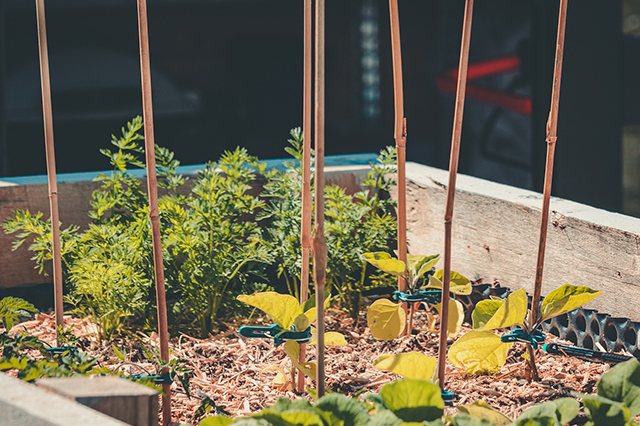
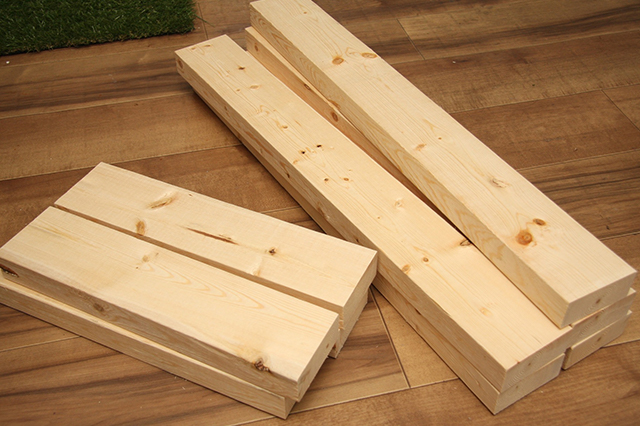
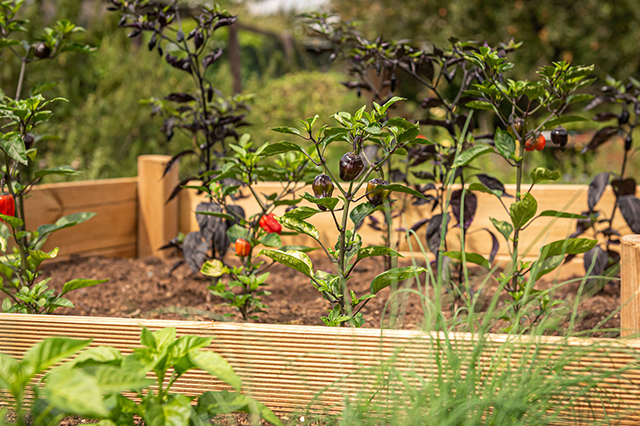
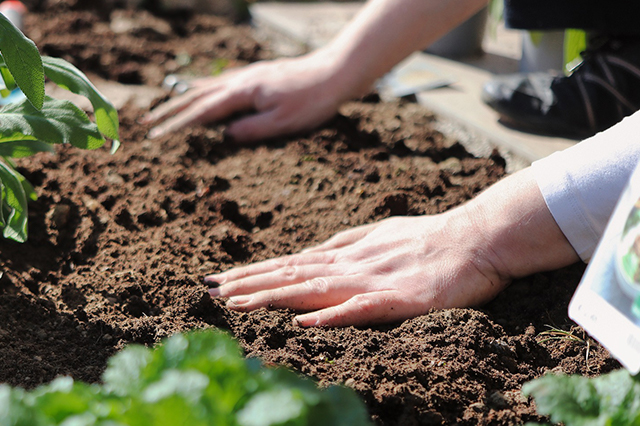
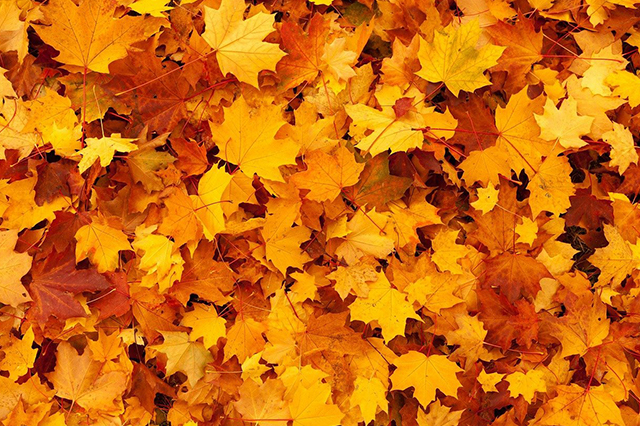
No comments:
Post a Comment